There is a well-documented link between effective dental patient education and case acceptance across many medical specialties. Heart disease, diabetes, and counseling all have many studies linking patient education to improved patient outcomes Education is also key to case acceptance in dentistry. Although statistically not fully accounted for, we at Bola, a leading dental AI company, realize that patients who understand their dental conditions are able to more appropriately govern their choices regarding treatment.
Overall health literacy refers to a patient’s ability to understand their condition, treatment options, and outcomes. It’s clearly not one size fits all. We need to give enough information to be confident in their understanding of their condition without being overloaded with medical terminology that they most likely don’t understand. Telling a patient that they are stage 3 grade C would not be very meaningful for most. I like to use a summary that was created by Trisha O’Heir. It counts the pockets over 5mm and the bleeding spots. The goal would be 0/0 for this index.
Patients can more easily understand their current status as well as if their condition is improving or getting worse. We need to be committed to getting patients ownership of their oral health and to the point of shared decision-making going forward. We can’t teach an entire Periodontal class during a dental appointment but we can cover the basics of their disease and its progression and response to treatment. We can educate them about the link of oral and systemic diseases, stress the long term benefits of accepting treatment, and adhering to recommended recare. Having a full and functioning dentition for your lifetime is paramount to your quality of life.
Using strong patient education tools in a variety of formats text, videos, and pictures. All of these will lead to better health literacy. Providing educational materials and discussing individual issues will lead to patient engagement and drive patient treatment acceptance. Understand that patients are also consumers. They are using online health information to help make their decisions. Guiding them with good information can support your diagnosis. Once engaged, patients are more accepting of treatment and more compliant with care leading to better oral and overall health.




